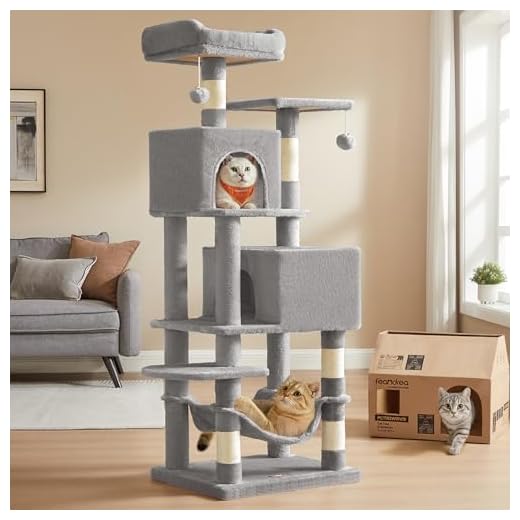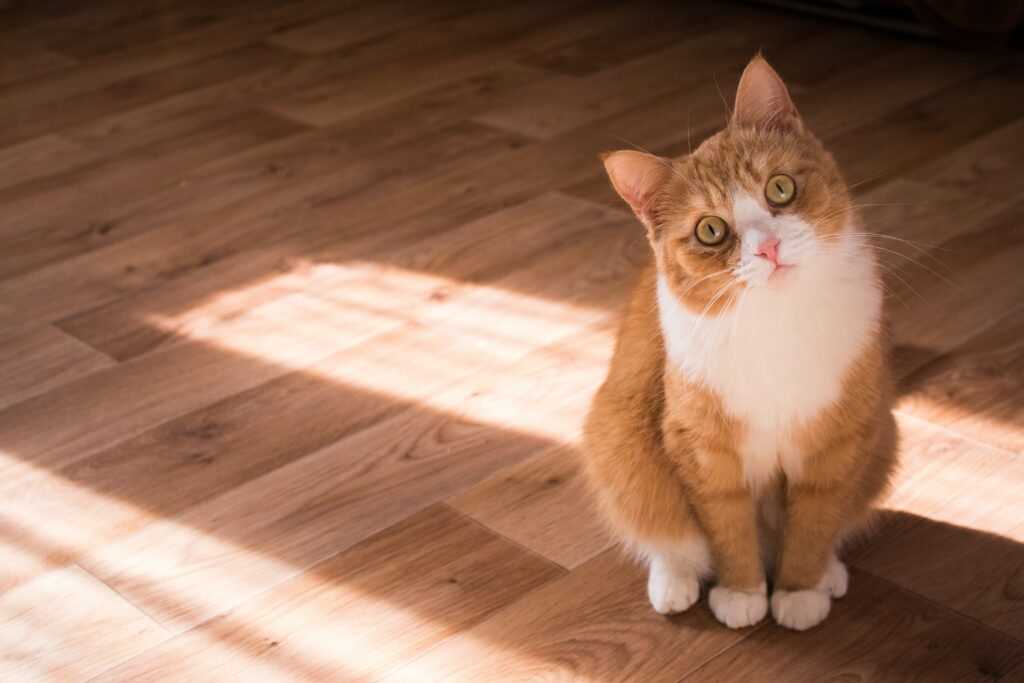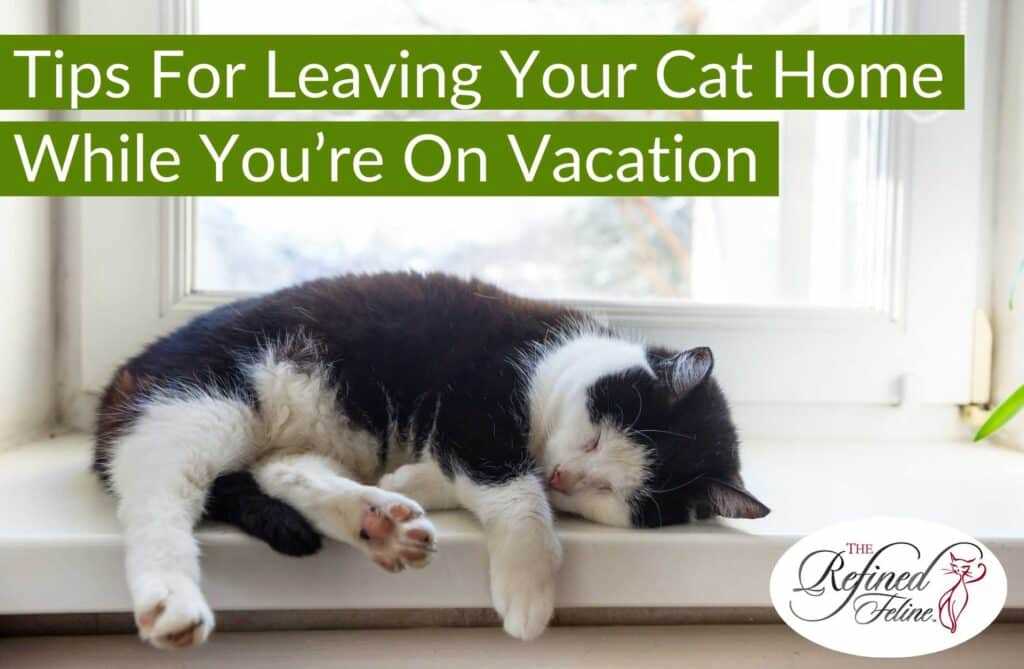



As a Scottish Fold with eight years of experience, I find that a feline can comfortably spend around four to six hours without human companionship. This timeframe allows for a balance between independence and social interaction, keeping both parties happy.
During this period, it’s important to ensure that I have access to fresh water, food, and a clean litter box. Engaging toys or climbing structures can help me stay entertained and mentally stimulated while my human is away.
For longer absences, more than six hours, it’s advisable to consider arranging for a cat sitter or a friend to check in. This way, I can receive companionship and care, which can help prevent feelings of loneliness or anxiety.
Duration for Solo Time
I can manage a few hours without company, typically around four to six. This timeframe works well for my comfort and well-being. Beyond this period, I may start feeling anxious or bored.
For young kittens, a maximum of two to three hours is advisable. They require more social interaction and stimulation to thrive. Senior felines, on the other hand, might appreciate slightly longer stretches of solitude, often up to eight hours, depending on their health.
Ensuring I have enough food, fresh water, and a clean litter box is crucial. Interactive toys or puzzle feeders can keep me entertained during these times. If my human plans a longer absence, arranging for a friend or pet sitter to check in is beneficial for my emotional state.
Observing my behavior can offer insights into how I cope with alone time. If I seem restless or vocalize my discontent, shorter durations might be necessary. Each feline is unique, so adjusting the schedule based on individual needs is key.
Understanding Your Cat’s Social Needs

Social interaction is crucial for felines. A solitary environment can lead to stress or behavioral issues. Regular engagement is necessary to keep spirits high and promote mental well-being.
It’s recommended to spend quality time daily with your furry friend. Playtime, grooming, or simply sitting together can significantly enhance their mood. Interactive toys can also provide entertainment when I’m not around.
Consider adopting another pet if companionship is lacking. This can fulfill their social needs, especially if I’m away for extended periods. However, ensure both pets are compatible to avoid conflicts.
Maintaining a stimulating environment is key. Providing climbing structures, scratching posts, and cozy hiding spots promotes exploration and reduces boredom in my absence.
Monitor behavior closely. Signs of stress include excessive meowing, destructive tendencies, or withdrawal. If these occur, it may indicate a need for more interaction or enrichment.
Lastly, investing in reliable equipment, like the best extension lead for washing machine, ensures my living space is safe and organized, allowing for more enjoyable playtime.
Factors Influencing Alone Time for Cats
Age plays a significant role in determining how much solitude I can handle. Kittens often require more engagement and supervision, while older felines like me can manage longer periods without companionship.
Personality traits also affect this aspect. Some of us are more independent and enjoy quiet time, while others crave constant interaction. Social breeds, such as Ragdolls or Siamese, typically seek more company compared to more reserved types like the British Shorthair.
Health status is crucial. If I’m feeling unwell or recovering from an illness, I might prefer having a buddy around. Regular visits to the vet help ensure that I’m in tip-top shape for my alone time.
Environmental Enrichment
Providing stimulating toys and activities can ease the time spent without human interaction. Puzzle feeders, scratching posts, and interactive toys keep me entertained. A window perch allows me to watch birds and the world outside, which helps pass the time.
Routine and Habits
Establishing a consistent schedule is beneficial. Predictable routines help me feel secure, making it easier to spend time without my favorite humans. Changes in routine, such as a new work schedule for my human, may require adjustments to how much time I can comfortably spend solo.
Signs of Stress in Cats When Left Alone
If I start hiding in my favorite spots or under the bed, this could mean I’m feeling anxious. When I’m stressed, my behavior changes. Pay attention to these signs.
Changes in Behavior
Increased vocalizations, like excessive meowing or yowling, can indicate distress. If I’m suddenly more clingy or seeking attention constantly, that’s another sign. Sometimes, I might start displaying destructive behaviors, like scratching furniture or knocking things over.
Physical Indicators

Look for signs like excessive grooming or loss of appetite. If I’m not eating my treats or favorite meals, something might be bothering me. Also, watch for changes in litter box habits–if I’m not using it regularly, it could signal stress.
Keep an eye on my body language too. Ears flattened back, a twitching tail, or dilated pupils can mean I’m uncomfortable. Providing a calm environment and enriching activities can help reduce my anxiety.
Recommended Alone Time Based on Age
As an 8-year-old Scottish Fold, I’ve observed that the time a feline can spend by itself varies greatly with age.
Here are some specific guidelines:
- Kittens (up to 6 months): Maximum of 2-4 hours. Young ones require socialization and monitoring for safety.
- Young Cats (6 months to 2 years): Up to 4-6 hours. They are more independent but still need interaction and playtime.
- Adult Cats (2 to 10 years): 8-12 hours. These felines can handle longer periods of solitude, making them suitable for busy households.
- Senior Cats (10 years and older): 4-8 hours. They may prefer companionship and can become anxious if isolated for too long.
Always consider the unique personality of each kitty. Some may thrive with more time alone, while others might feel stressed or lonely.
Creating a Safe Environment for Your Cat
Ensure comfort and security by providing a safe space. A designated area with cozy bedding and access to water and food is crucial. Make sure to remove hazards such as toxic plants and small objects that could be swallowed.
Utilize vertical spaces by incorporating cat trees or shelves, allowing for exploration and exercise. Scratching posts are essential for maintaining claw health and providing an outlet for natural behaviors.
Engagement is key. Interactive toys and puzzle feeders keep boredom at bay, stimulating both mind and body. Regular playtime strengthens our bond and helps manage anxiety during solitary periods.
| Item | Purpose |
|---|---|
| Cat Tree | Provides climbing and perching opportunities |
| Scratching Post | Maintains claws and satisfies scratching instincts |
| Interactive Toys | Stimulates play and mental challenge |
| Safe Space | Offers comfort and security when alone |
Consider using calming aids like pheromone diffusers to alleviate stress. Regular grooming is also beneficial; check out the best brush for medium hair cats for keeping fur healthy and reducing shedding.
Monitoring environment changes ensures a safe haven. Prioritize safety and comfort to enhance overall well-being. Adjustments can make a significant difference in how I cope with periods of solitude.
Alternatives to Leaving Your Cat Alone
Consider hiring a pet sitter. A trusted individual can provide companionship, playtime, and feeding while ensuring a familiar environment remains intact.
Utilize a cat daycare service. These facilities offer social interaction with other felines, stimulating activities, and supervision from trained staff.
Interactive Toys
Invest in engaging toys that keep me entertained. Automated laser pointers, puzzle feeders, and treat-dispensing toys can provide mental and physical stimulation.
- Look for toys that mimic hunting behavior.
- Rotate toys regularly to maintain interest.
- Consider toys with varying textures and sounds.
Companionship

Adopting another cat can alleviate loneliness. Ensure both cats are compatible, and introduce them gradually to create a harmonious environment.
Involve technology by using cameras to monitor my activities. Some devices even allow for remote interaction and play sessions through mobile apps.
Finally, consider arranging playdates with friends who have cats. This provides social interaction without the commitment of a second pet.
When to Seek Help for Your Cat’s Loneliness

If my behavior changes significantly, it’s time for my human to consider getting help. Signs like excessive meowing, destructive behavior, or withdrawal indicate deeper emotional struggles. If I start hiding more often or stop engaging in activities I once enjoyed, it may signal loneliness that requires professional insight.
Monitoring my eating habits is crucial; a sudden decrease in appetite or refusal to eat could be a cry for attention. Any noticeable weight loss should prompt an immediate visit to the vet to rule out health issues. If I show signs of anxiety, like pacing or restlessness, my human should consult with a veterinarian or a cat behaviorist for tailored advice.
In cases where my distress escalates, seeking help sooner rather than later is essential. Early intervention can prevent my emotional state from worsening, ensuring I remain happy and healthy. My human should also explore resources like pet sitters or interactive toys to alleviate my solitude, helping to create a more enriching environment.










